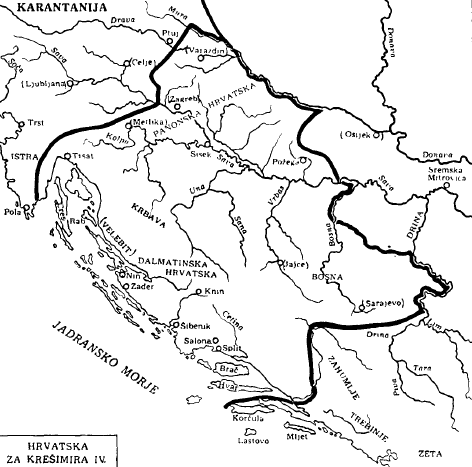House within the house.
City of #Bol on island #Brač, #Croatia.
What is the story behind this remarkable object?
Thread ⬇️
📸 by @sky_high_lullaby99 (instagram profile)
City of #Bol on island #Brač, #Croatia.
What is the story behind this remarkable object?
Thread ⬇️
📸 by @sky_high_lullaby99 (instagram profile)

During the 19th ct. in the town of Bol lived a large Vuković family of 6 brothers.
3 of them were priests and the other 3 were successful naval captains.
The brothers owned a fairly large sailing ship which successfully traded the Mediterranean and earned them a great wealth.⬇️
3 of them were priests and the other 3 were successful naval captains.
The brothers owned a fairly large sailing ship which successfully traded the Mediterranean and earned them a great wealth.⬇️

They lent a lot of their money to citizens of Bol; among them there was a guy names Marko with nickname Sila (Force) cause of his fierced nature.
Marko owned a considerable piece of land and as he could not repay his debts, he sold it to the Vukovićs piece by piece. ⬇️
Marko owned a considerable piece of land and as he could not repay his debts, he sold it to the Vukovićs piece by piece. ⬇️
In one moment everyhting he owned was the his house (smaller one in the picture) but the land surrounding it was sold to Vuković family.
⬇️
⬇️

3 merchant brorhers on one of their trips met an equal number of Spaniards who were so beautiful and exotic to them that they immediately decided to marry them and bring them to Croatia.
⬇️
⬇️

In order to have a place to live they decided to build a large house on 3 floors (pallace, paloc in local dialect).
They found the most suitable land exactly the one on which Marko Sila's house still stood, so they offered him a lot of money to buy it.
⬇️
They found the most suitable land exactly the one on which Marko Sila's house still stood, so they offered him a lot of money to buy it.
⬇️
But Marko refused to sell it. Unable to reach an agreement with Marko, the Vukovićs sought the help of local mayor Vužić. There was a fight which included death threats and finally Marko the Force had to flee from Bol to Republic of Ragusa (#Dubrovnik).
⬇️
⬇️

Im his absence brothers began building walls around Mark's house with a plan to demolish it later.
The news also reached the Force and he surreptitiously returned with two barrels of gunpowder, which he placed in holes under the walls with the intention of tearing them down.⬇️
The news also reached the Force and he surreptitiously returned with two barrels of gunpowder, which he placed in holes under the walls with the intention of tearing them down.⬇️
As soon as he wanted to light the gunpowder, the gendarmes arrived, so Marko had to flee again, and construction could continue.
The walls for all 3 floors were erected and all that still needed to be done was the roof and floor.
The walls for all 3 floors were erected and all that still needed to be done was the roof and floor.

6 brothers went to Venice to buy wooden materials for them. On their return, a great tragedy befell them. A terrible storm arose and sank their sailboat leaving no one alive.
Since they had no descendants, the lineage of the Vuković family in Bol on Brač died on that day.⬇️
Since they had no descendants, the lineage of the Vuković family in Bol on Brač died on that day.⬇️

After some time Marko the Force returned to Bol and continued to live in his old (small) house within the unfinished walls.
Marko died with no descendents.
And so we have house within the house and a great story.
Marko died with no descendents.
And so we have house within the house and a great story.

• • •
Missing some Tweet in this thread? You can try to
force a refresh






















